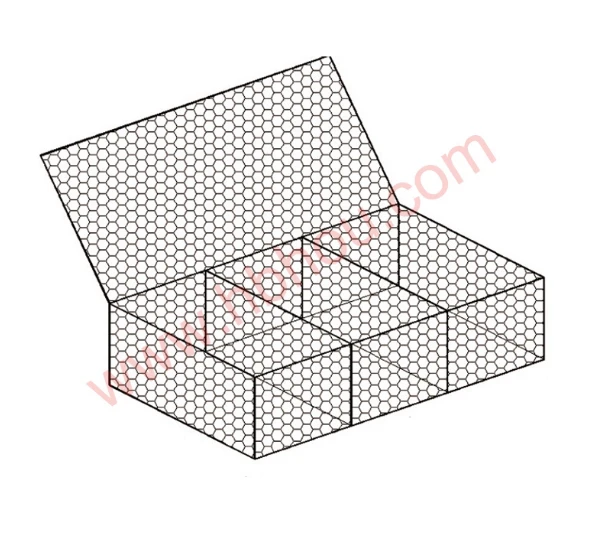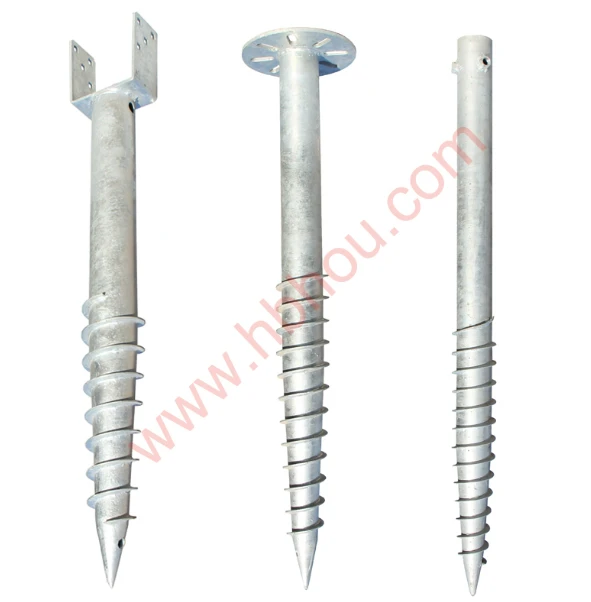Understanding Electrical Wire Construction A Key to Safe and Efficient Power Distribution
In the realm of electrical engineering, the construction of electrical wires is a pivotal aspect that impacts the overall efficacy, safety, and longevity of electrical systems. Electrical wires are designed to carry current from one point to another, and their construction involves several critical components and materials.
Understanding Electrical Wire Construction A Key to Safe and Efficient Power Distribution
The construction of electrical wires involves multiple layers. At the core, we have the conductor itself, which may be solid or stranded. Solid conductors consist of a single piece of metal, while stranded conductors are made up of multiple smaller wires twisted together. Stranded wires provide better flexibility and are easier to work with in tight spaces, making them suitable for applications like portable cords and electronics.
electrical wire construction

Surrounding the conductor is insulation, which is crucial for preventing electrical shock and ensuring safety. Insulating materials, commonly made from thermoplastics like PVC (polyvinyl chloride), provide both electrical insulation and protection against environmental factors such as moisture, heat, and chemicals. The thickness and type of insulation can vary based on the wire's intended use, with some wires designed for high-temperature environments or outdoor applications requiring specially-rated insulation.
In addition to insulation, many electrical wires also feature a protective outer sheath. This layer further enhances safety and durability, shielding the wire from physical damage and mechanical stresses. Sheathing materials can include tougher plastics and rubber compounds, which help resist abrasion and impact.
Moreover, wires may be designed for specific applications, such as THHN (Thermoplastic High Heat-resistant Nylon-coated) wires for general use in indoor settings, or UF (Underground Feeder) cables intended for underground installations. Understanding these distinctions is critical for selecting the appropriate wire for a specific job.
In conclusion, the construction of electrical wires is a sophisticated process involving various materials and design considerations that ensure safe and efficient power distribution. Whether optimizing for conductivity, flexibility, or environmental resistance, the intricacies of wire construction play a crucial role in the effectiveness of electrical systems. When selecting electrical wiring for any application, it's essential to consider these factors to ensure both safety and performance.
















